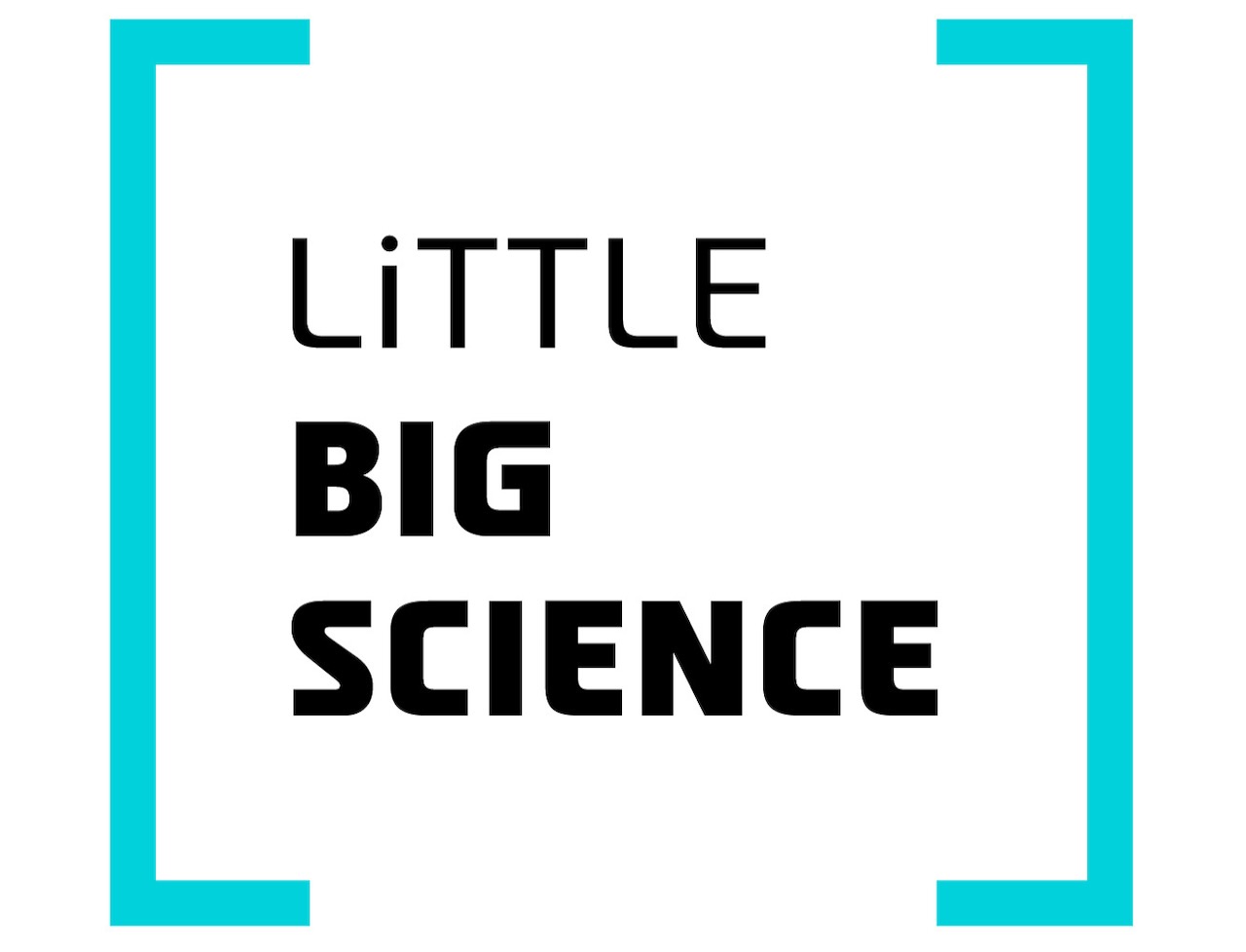
It is a well-known fact that Discworld rests on four elephants standing on a turtle. But an analysis of the Sun’s movement around the Discworld brings us to the conclusion that this is not correct, and provides an explanation for why the water spills over the edge. We bring to you this scientific dissection of Discworld to celebrate the anniversary of the release of the first book in the series, The Color of Magic, which came out on November 24th, 1983.
Advertisement
Terry Pratchett’s Discworld (which also appears in mythologies and other stories) is a captivating realm that attracts millions of geeks from all over the world. The structure of this world is familiar to every fan of the series—the world is a disc resting on four elephants, and they, in turn, stand on a turtle, and the turtle sails through the universe.
Discworld is not a standard world in several respects. One of its features, for example, is that its sun revolves around it. The way the sun moves hints us toward a historical discovery presented here for the first time.
First, we must remember a few things. The first is that many of the laws of physics we know operate similarly in Discworld. For example—gravity. Gravity works: things fall. Rincewind, the cowardly wizard, is afraid, among other things, of the ground (not of heights—of the ground, because it is the ground that kills you). Water at the edge of Discworld pours in one direction, just as “down” works everywhere else.
From this we can infer that gravity operates similarly to our world. If so, Kepler’s laws, which describe the motion of celestial objects, also apply in Discworld. Kepler formulated three laws [1, 2], and the one that interests us is the first—every planet’s orbit around its sun is an ellipse, and the sun is located at one of the foci of that ellipse. When Kepler formulated it, he was interested in the planets of our solar system and noticed that they move around the Sun in ellipses with the Sun at one focus. This law can be generalized to the motion of any small body around a large body—a small body will move in an ellipse with the large body located at one of the foci of the ellipse. Note, the smaller body will never pass in front of the larger body; it will always orbit it.
In Discworld the sun moves around the world. When it passes beneath the disc (or, more accurately, on the uninhabited side of the disc that faces the turtle) it passes between the turtle and the elephants. It is even mentioned that sometimes an elephant has to lift a foot so that the sun will not collide with it.
What do we deduce from this information? First, that the elephants are the massive body. They possess the greatest mass and attract both the world and the turtle. Second, the turtle has a small, negligible mass—it is probably mostly hollow. Otherwise, the sun’s orbit would be different and would not pass between the turtle and the elephants.
This also explains why water spills off the edge of Discworld “downward”. The directions “up” and “down” are determined mainly by gravity, and the elephants pull the water toward themselves from the edge of the disc. In fact, the disc stands on the elephants and the turtle lies upside-down on the elephants. Perhaps this is why the world drifts through the universe—maybe the turtle is trying to flip over because it is tired of lying on its back.
Hebrew editing: Shir Rosenblum-Man
English editing: Elee Shimshoni
References:








